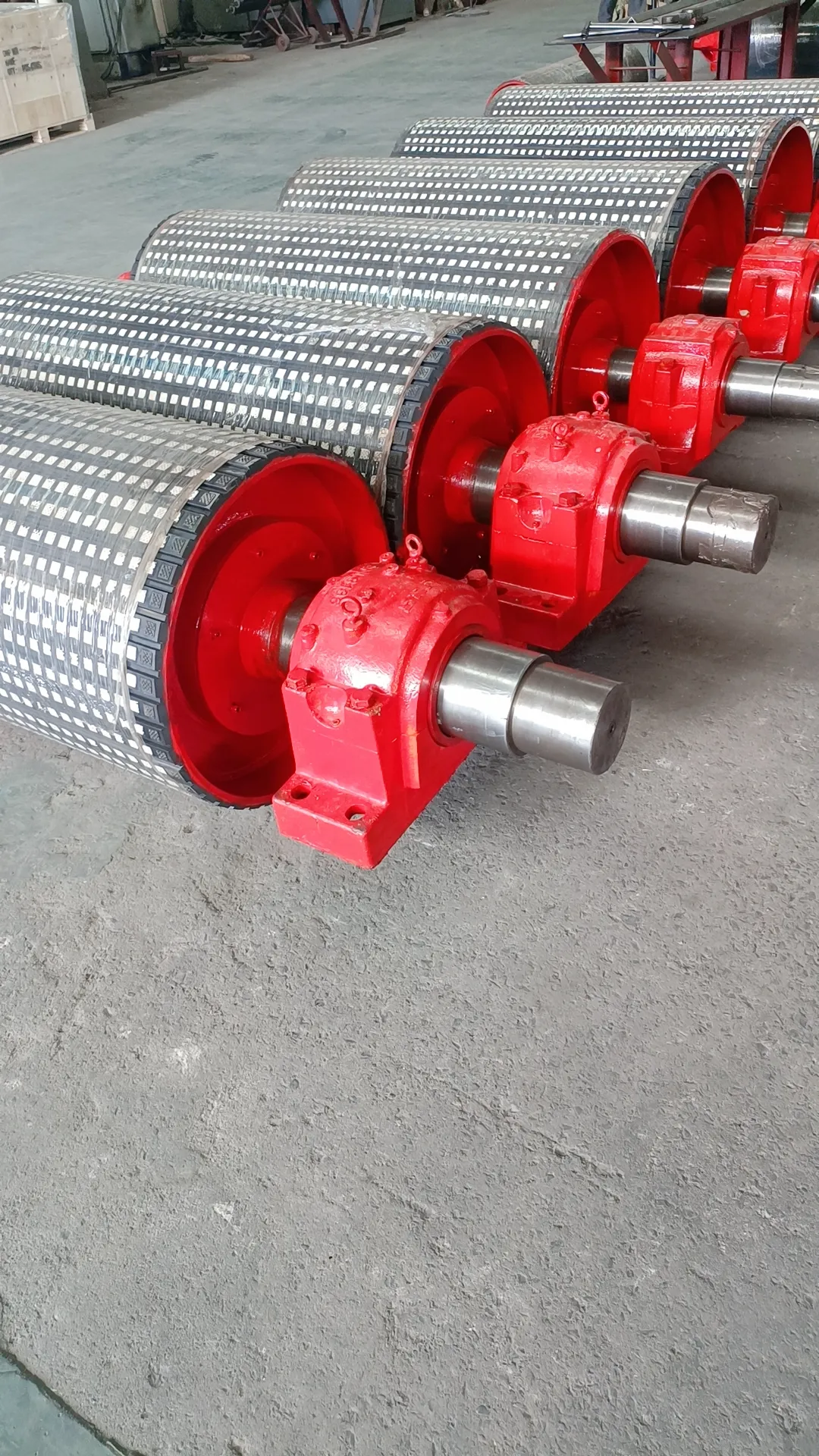 Afrikaans
Afrikaans  Albanian
Albanian  Amharic
Amharic  Arabic
Arabic  Armenian
Armenian  Azerbaijani
Azerbaijani  Basque
Basque  Belarusian
Belarusian  Bengali
Bengali  Bosnian
Bosnian  Bulgarian
Bulgarian  Catalan
Catalan  Cebuano
Cebuano  Corsican
Corsican  Croatian
Croatian  Czech
Czech  Danish
Danish  Dutch
Dutch  English
English  Esperanto
Esperanto  Estonian
Estonian  Finnish
Finnish  French
French  Frisian
Frisian  Galician
Galician  Georgian
Georgian  German
German  Greek
Greek  Gujarati
Gujarati  Haitian Creole
Haitian Creole  hausa
hausa  hawaiian
hawaiian  Hebrew
Hebrew  Hindi
Hindi  Miao
Miao  Hungarian
Hungarian  Icelandic
Icelandic  igbo
igbo  Indonesian
Indonesian  irish
irish  Italian
Italian  Japanese
Japanese  Javanese
Javanese  Kannada
Kannada  kazakh
kazakh  Khmer
Khmer  Rwandese
Rwandese  Korean
Korean  Kurdish
Kurdish  Kyrgyz
Kyrgyz  Lao
Lao  Latin
Latin  Latvian
Latvian  Lithuanian
Lithuanian  Luxembourgish
Luxembourgish  Macedonian
Macedonian  Malgashi
Malgashi  Malay
Malay  Malayalam
Malayalam  Maltese
Maltese  Maori
Maori  Marathi
Marathi  Mongolian
Mongolian  Myanmar
Myanmar  Nepali
Nepali  Norwegian
Norwegian  Norwegian
Norwegian  Occitan
Occitan  Pashto
Pashto  Persian
Persian  Polish
Polish  Portuguese
Portuguese  Punjabi
Punjabi  Romanian
Romanian  Russian
Russian  Samoan
Samoan  Scottish Gaelic
Scottish Gaelic  Serbian
Serbian  Sesotho
Sesotho  Shona
Shona  Sindhi
Sindhi  Sinhala
Sinhala  Slovak
Slovak  Slovenian
Slovenian  Somali
Somali  Spanish
Spanish  Sundanese
Sundanese  Swahili
Swahili  Swedish
Swedish  Tagalog
Tagalog  Tajik
Tajik  Tamil
Tamil  Tatar
Tatar  Telugu
Telugu  Thai
Thai  Turkish
Turkish  Turkmen
Turkmen  Ukrainian
Ukrainian  Urdu
Urdu  Uighur
Uighur  Uzbek
Uzbek  Vietnamese
Vietnamese  Welsh
Welsh  Bantu
Bantu  Yiddish
Yiddish  Yoruba
Yoruba  Zulu
Zulu conveyor idler rollers
Understanding Conveyor Idler Rollers Essential Components of Material Handling Systems
Conveyor idler rollers are integral components in the realm of material handling and transportation systems. They serve as a support mechanism for conveyor belts, playing a crucial role in the efficiency and effectiveness of various industrial operations. Whether in mining, agriculture, or manufacturing, idler rollers contribute significantly to the smooth transfer of materials, ensuring that operations run seamlessly.
What are Conveyor Idler Rollers?
Idler rollers are essentially non-powered rollers that are strategically placed along the conveyor system to support the moving belt. Their primary function is to provide a surface for the conveyor belt to ride on, which minimizes friction, reduces wear, and helps in maintaining the alignment of the belt. This, in turn, enhances the overall operational efficiency of the conveyor system, allowing it to transport materials over long distances without significant losses.
Types of Idler Rollers
There are several types of idler rollers, each designed for specific applications and environments. The most common types include
1. Plain Idlers These are the simplest form of idler rollers and are used primarily to support the belt on straight runs.
2. Carrying Idlers These rollers are used in the load-carrying section of the conveyor system, providing stability and support for the materials being transported.
4. Impact Idlers Designed to absorb shock and reduce wear on the conveyor belt and rollers, impact idlers are typically used in areas where material is loaded onto the belt.
conveyor idler rollers

5. Training Idlers These rollers are used to correct belt alignment issues, ensuring that the conveyor system operates smoothly and efficiently.
Advantages of Using Idler Rollers
The incorporation of idler rollers in conveyor systems presents a plethora of advantages. Some of the notable benefits include
- Reduced Wear and Tear By providing a smooth surface for the conveyor belt to glide over, idler rollers significantly decrease the friction between the belt and the framework of the conveyor system. This reduction in friction leads to decreased wear on both the belt and the rollers, extending their lifespan.
- Enhanced Load Support Idler rollers play a vital role in distributing the weight of the material being transported. This distribution helps to prevent damage to the conveyor belt and ensures that heavy loads are carried safely and efficiently.
- Increased Efficiency With less friction and better weight distribution, conveyor systems equipped with quality idler rollers can operate at higher speeds, improving overall productivity.
- Cost-Effectiveness The longevity and efficiency provided by idler rollers can lead to significant cost savings in terms of maintenance and replacement. Additionally, reduced downtime can enhance operational throughput.
Conclusion
In summary, conveyor idler rollers are paramount in optimizing material handling operations across various industries. By understanding the different types of idler rollers and their applications, businesses can make informed decisions when designing or upgrading their conveyor systems. The right choice of idler rollers not only enhances the performance and lifespan of the conveyor belt but also contributes to a more efficient and cost-effective operation, showcasing their importance in maintaining the backbone of modern industrial processes. As technology continues to evolve, the design and materials used for idler rollers will also advance, further enhancing their performance and reliability in the ever-demanding landscape of material handling.
-
Revolutionizing Conveyor Reliability with Advanced Rubber Lagging PulleysNewsJul.22,2025
-
Powering Precision and Durability with Expert Manufacturers of Conveyor ComponentsNewsJul.22,2025
-
Optimizing Conveyor Systems with Advanced Conveyor AccessoriesNewsJul.22,2025
-
Maximize Conveyor Efficiency with Quality Conveyor Idler PulleysNewsJul.22,2025
-
Future-Proof Your Conveyor System with High-Performance Polyurethane RollerNewsJul.22,2025
-
Driving Efficiency Forward with Quality Idlers and RollersNewsJul.22,2025





























